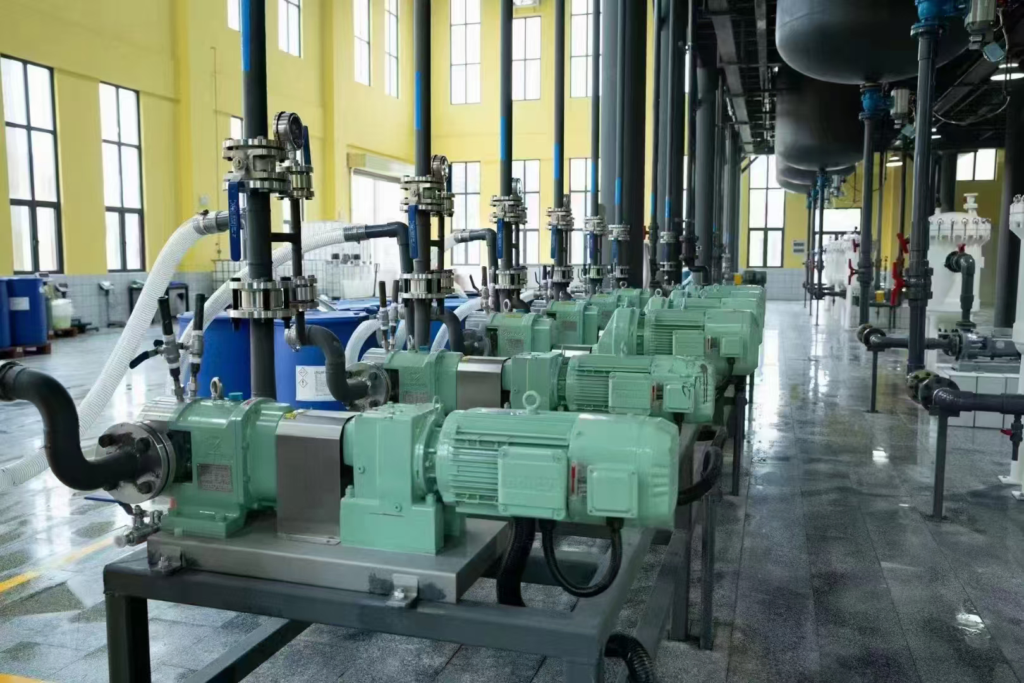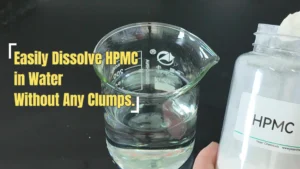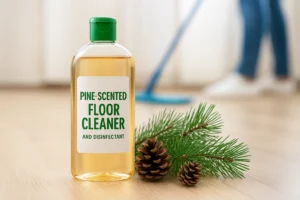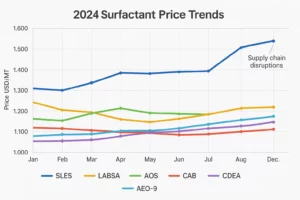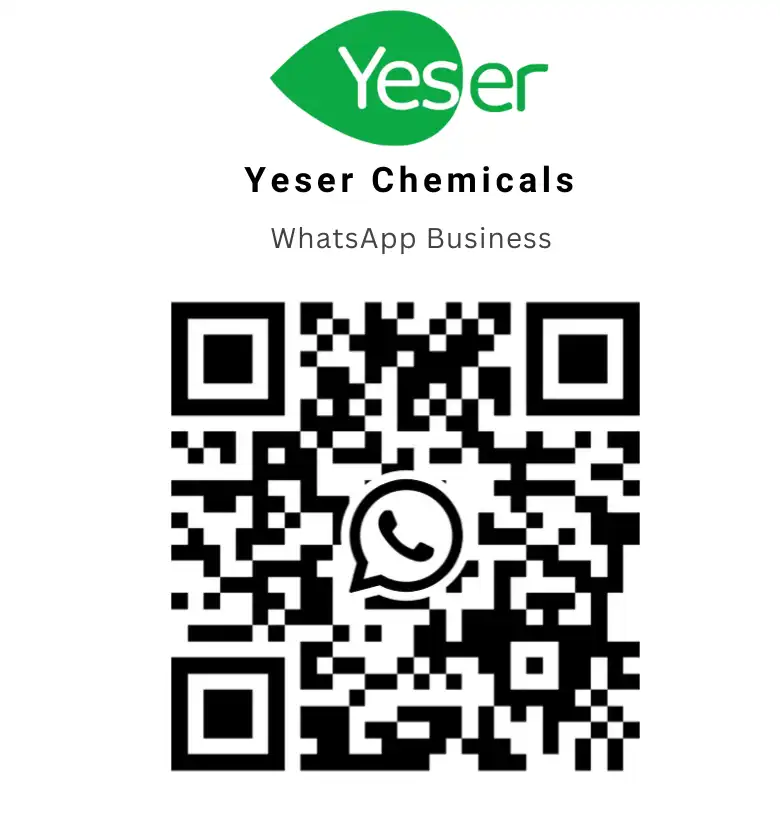In the liquid detergent manufacturing industry, pumps play a critical role in transferring, metering, and feeding various raw materials and finished products across multiple stages of production. Each process — from drawing viscous surfactants out of drums, to precision dosing into mixing tanks, to feeding filling machines — requires a pump type best suited for the chemical properties, viscosity, dosing precision, and operational durability.
This guide outlines the four most commonly used pump types in detergent plants:
- Pneumatic Diaphragm Pumps (AODD)
- Gear Pumps
- Screw Pumps (Progressive Cavity)
- Cam Rotor Pumps (Rotary Lobe)
Each pump type has unique strengths and limitations that make it better suited for specific tasks within the production process.
1. 💨 Pneumatic Diaphragm Pumps (AODD Pumps)

🔧 Working Principle:
AODD pumps use compressed air to alternately move two flexible diaphragms, creating suction and discharge strokes that draw and push liquid.
✅ Key Advantages:
- Self-priming and can run dry without damage.
- Handles viscous, abrasive, and corrosive fluids like LABSA 96%, SLES 70%, AEO-9.
- Excellent chemical compatibility (many wetted materials available).
- No electrical components — safe in explosive or harsh environments.
- Low initial cost and simple construction.
⚠️ Limitations:
- Pulsating flow, unsuitable for precision dosing without dampeners or flow smoothing.
- Noisy during operation (due to air exhaust).
- High air consumption, making it less energy efficient.
- Limited fine flow control (air pressure and valve cycling only).
🛠️ Maintenance:
- Diaphragms and check valves wear over time and need routine replacement.
- Easy to service with minimal tools and training.
- Can typically operate 6–18 months between services depending on usage.
💡 Best Applications:
- Transferring raw materials from drums or IBCs to storage or mixers.
- Situations where dry-running risk is high or suction lift is required.
- Pre-dosing stages where precise accuracy is not essential.
2. ⚙️ Gear Pumps

Image source: An exploded view of an external gear pump by Wikipedia
🔧 Working Principle:
Gear pumps use two meshing gears (external or internal) that trap and displace liquid between gear teeth and the pump casing.
✅ Key Advantages:
- Pulse-free, accurate flow — ideal for precise chemical dosing.
- Compact, rugged, and easy to control via motor speed or timing.
- Suitable for a wide range of viscosities.
- Can develop high discharge pressures.
⚠️ Limitations:
- Requires fluid lubricity — finished detergents offer limited lubrication.
- Metal-to-metal contact can lead to wear of gear teeth and bushings, especially if abrasive particles are present.
- Cannot run dry — dry operation causes severe internal damage.
- Tolerance to solids or crystallized additives is low.
🛠️ Maintenance:
- Shaft bushings (bearings) are wear-prone and must be replaced periodically.
- Wear leads to increased internal slip, reduced flow, and eventual failure.
- Importantly, bushing wear is difficult to detect in daily operation. As the bushing wears, gear misalignment can occur, leading to progressive gear damage or jamming. Often by the time performance failure is noticed, the pump is beyond repair.
💡 Best Applications:
- Precision dosing of ingredients like LABSA, SLES, or CDEA into the mixer.
- Small batch transfer systems where accurate flow control is required.
- Not recommended for dirty or dry-running applications.
3. 🌀 Screw Pumps (Progressive Cavity Pumps)
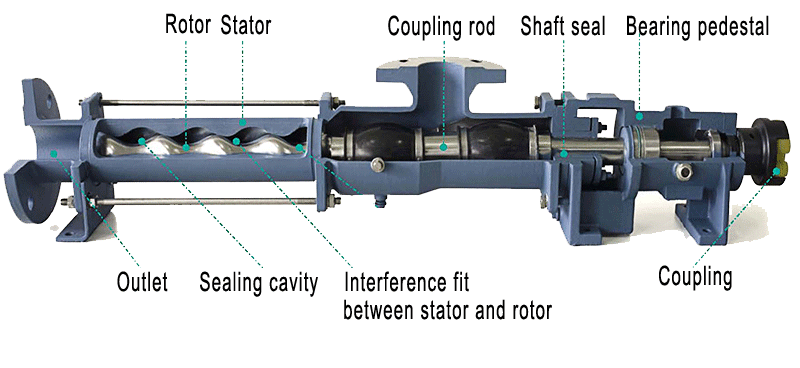
🔧 Working Principle:
A helical metal rotor rotates inside a flexible stator (typically made of silicone or rubber), forming progressive cavities that move fluid forward in a smooth, continuous flow.
✅ Key Advantages:
- Handles very viscous fluids, ideal for SLES 70%, AEO-9, or thick detergent blends.
- Self-priming with strong suction lift.
- Delivers pulse-free, low-shear flow.
- Precise flow control via speed variation.
⚠️ Limitations:
- Stator wear due to friction with the rotor.
- Cannot run dry — causes rapid stator damage.
- Requires regular stator replacement.
🛠️ Maintenance:
- Stator replacement typically takes 40 minutes to 1 hour.
- Unlike gear pumps, stator wear is progressively noticeable by a drop in flow rate, allowing operators to intervene early.
- Even if the stator is fully damaged, it does not harm the rotor, meaning core components are protected.
- Rotor life is long if fluids are clean.
- Can offer 2–4 years of reliable service per pump unit.
💡 Best Applications:
- Transferring viscous raw materials or detergent bases.
- Dosing thick, shear-sensitive chemicals.
- Suitable for mid-accuracy dosing when paired with VFD and flow/weight control.
4. 🔄 Cam Rotor Pumps (Rotary Lobe Pumps)

🔧 Working Principle:
Two synchronized rotors (bi-lobe or tri-lobe) rotate without touching each other or the housing, displacing fluid in cavities between the lobes and casing. Shaft synchronization is via external timing gears.
✅ Key Advantages:
- No internal contact — very low mechanical wear.
- No bushings or bearings inside the fluid path.
- Capable of 10+ years of operation with minimal maintenance.
- Gentle, hygienic flow ideal for sensitive or foamy products.
- Extremely quiet and CIP (Clean-In-Place) compatible.
⚠️ Limitations:
- High initial cost.
- Not dry-run safe.
- Performance can be affected by increased clearances after prolonged use.
🛠️ Maintenance:
- Minimal wear — primary maintenance is seal and O-ring checks.
- Rotors typically last for many years.
💡 Best Applications:
- Feeding filling machines with consistent, bubble-free flow.
- Transferring finished product from mixer to storage tanks.
- Long-term transfer where uptime and low maintenance are critical.
🧪 Comparison Table of the Four Pump Types
| Feature / Pump Type | AODD Pump | Gear Pump | Screw Pump | Cam Rotor Pump |
|---|---|---|---|---|
| Working Principle | Diaphragms | Meshing gears | Rotor + stator | Non-contact lobes |
| Self-Priming | ✅ Excellent | ⚠ Moderate | ✅ Excellent | ⚠ Moderate |
| Dry-Run Capability | ✅ Yes | ❌ No | ❌ No | ❌ No |
| High Viscosity Handling | ✅ Yes | ✅ Yes | ✅ Excellent | ✅ Excellent |
| Flow Pulsation | ❌ Pulsating | ✅ Smooth | ✅ Smooth | ✅ Smooth |
| Lubrication Sensitivity | ✅ None | ⚠ High | ⚠ Medium | ✅ Low |
| Wear-Prone Components | Diaphragm | Bushings | Stator | Seals only |
| Wear Detection | Easy (flow loss) | Difficult (sudden failure) | Easy (flow loss) | Easy (seal leakage) |
| Noise Level | ❌ Noisy | ✅ Quiet | ✅ Quiet | ✅ Very quiet |
| Maintenance Frequency | Medium | High | Medium | Low |
| Typical Lifespan | 1–2 years | 1–3 years | 2–4 years | 10+ years |
| Best Use Case | Raw material transfer | Precision dosing | Viscous additive feeding | Final product transfer |
🏢 Recommended Usage by Production Stage
| Production Step | Recommended Pump Type |
|---|---|
| Raw material unloading (LABSA, SLES, AEO-9) | AODD Pump or Screw Pump |
| Accurate ingredient dosing into mixer | Gear Pump or Screw Pump (with load cell) |
| Mixer to settling tank transfer | Cam Rotor Pump or AODD Pump |
| Feeding filling machines | Cam Rotor Pump |
| High-viscosity additive dosing | Screw Pump |
📂 Final Notes
- For cost-sensitive setups, AODD pumps are a reliable, rugged choice for raw material transfer.
- Gear pumps deliver precision dosing but require strict maintenance when fluids have limited lubrication. Their internal wear is harder to detect, often leading to unrepairable failure.
- Screw pumps are ideal for thick, shear-sensitive surfactants and offer a good balance of control and serviceability. Their wear is progressive and easy to notice and fix.
- Cam rotor pumps offer unmatched long-term reliability and smooth, quiet operation, making them ideal for final product handling and packaging lines.
Choosing the right pump for each stage ensures product quality, equipment longevity, and efficient production across your liquid detergent manufacturing operation.

